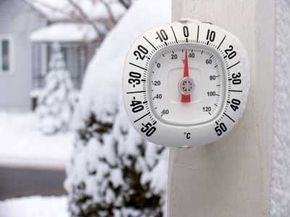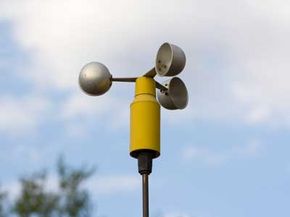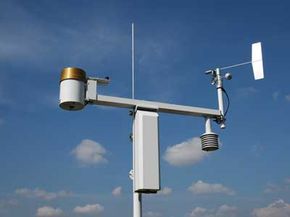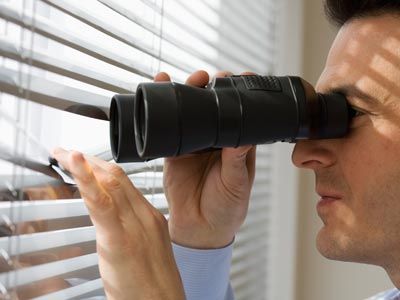If her lyrics are any indication, Natalie Merchant gets a shiver in her bones just thinking about the weather. There might be a little seasonal affective disorder or poetic license involved, but regardless, that sounds miserable. Aside from avoiding concert dates in the world's chillier venues, the only options left for the former 10,000 Maniacs vocalist are simply to bundle up and keep a close eye on local conditions.
Fortunately, there are some great cold-weather fashions out there for the folk singer/songstress set. And as far as knowing what the forecast calls for, a few handy weather gadgets are all she needs to stay one step ahead of those cold and rainy days.
Advertisement
The weather is simply the state of the atmosphere, the massive gaseous layer that envelopes our planet. A number of different factors influence what goes on in the atmosphere, from solar radiation to the size of a shopping center parking lot. This makes weather rather difficult to predict at times, but by measuring observable atmospheric phenomena, meteorologists and weather bugs alike can make a decent guess.
One important relationship in our atmosphere is that of air temperature and air pressure. When air heats up, it rises. When it cools, it descends. These two factors play a key role in air circulation and cloud formation. As such, knowing air temperature and pressure gives us a powerful insight into what's going on in the air around us. We use thermometers to measure air temperature and barometers to measure air pressure.
Moisture also plays an important role in weather, which is where the hydrometer comes in. When all that water falls back to the ground in the form of precipitation, rain collectors provide us with an accurate measurement. Finally, you need to know which way the wind is blowing to know where weather's headed. An anemometer performs this task.
Professional and amateurs alike use these basic weather gadgets to figure out what the weather's up to. Nevertheless, what if you want to check the local temperature without actually going outside?
Find out what kind of gadget you need on the next page.
Advertisement




